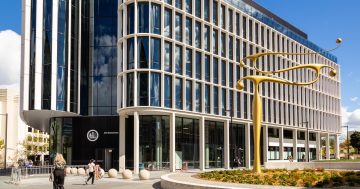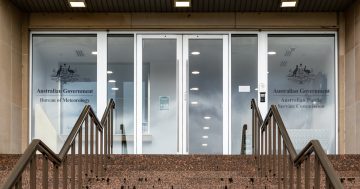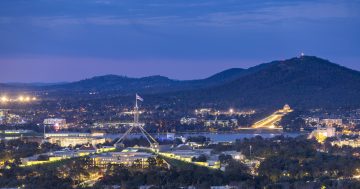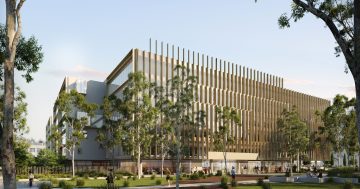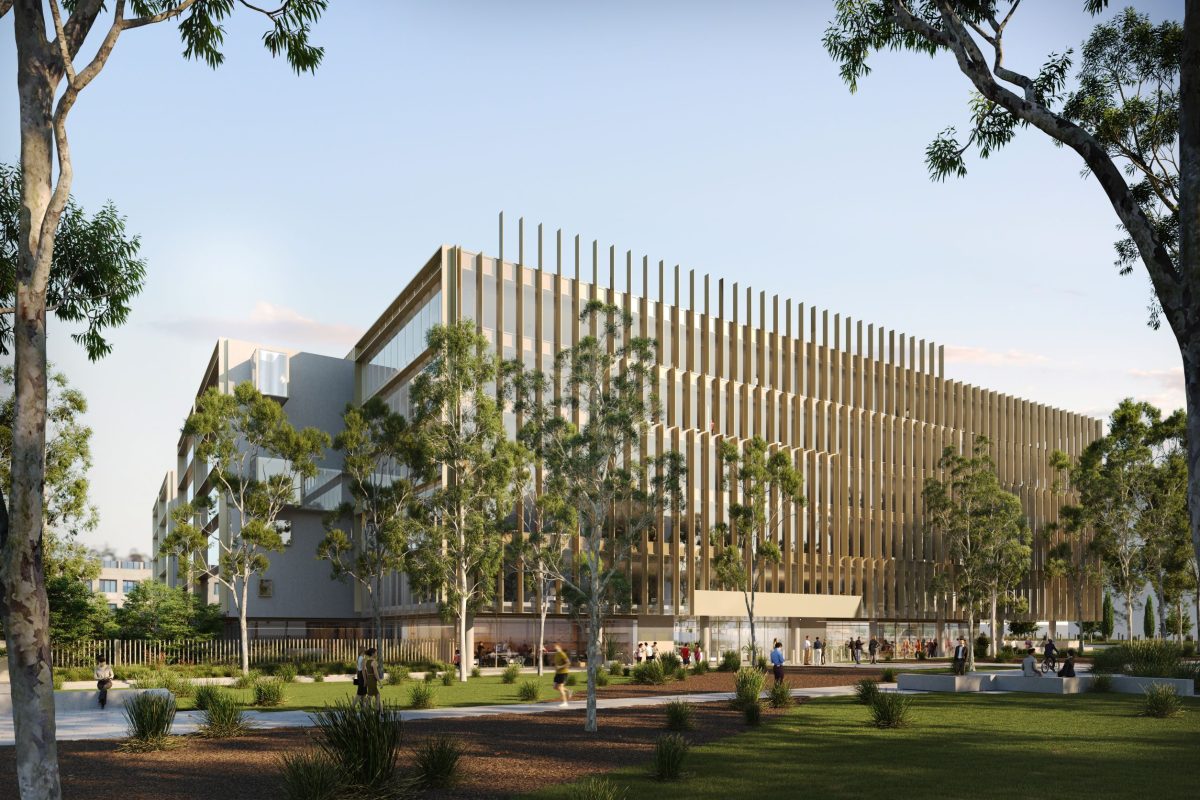
The proposed new ATO office in Barton is part of a trend toward workplaces where flexibility will be built in. Image: DOMA.
The hybrid office better be for the long haul or the APS is going to have some serious rehoming to do.
New digs for agencies and departments like the Australian Tax Office are being designed to cater for a smaller in-office workforce with fewer workspaces and more tech for online meetings and interfaces with staff working from home or conferencing out of town.
While some private sector companies like banks have decided it’s time for staff to get back to the office after COVID, globally it appears that work practices have settled into some form of hybrid system of home and office work as staff prove reluctant to give up all the benefits of being at home.
The main benefit is the lack of commute and the time that frees up for extra-work activities.
While the previous government was keen for public service staff to return to their offices despite studies showing productivity had not been affected and that there were considerable benefits to flexible work, the Labor Government has been more conciliatory, agreeing to what the Community and Public Sector Union has called groundbreaking arrangements that lock in bias towards approving work from home requests.
The union says the acceptance of flexible work will make the APS more attractive and adaptable.
But it will mean a reconfiguring of office layouts, which won’t be capable of hosting all staff on one particular day and where permanent desks will be fewer and unallocated workspaces, the preferred name for hotdesking, will be more common.
That is the tradeoff for a workforce that might only be in the office a few days a week.
For some, this can be unsettling as an old culture gives way to one more transient and less attached to the office, as well as providing challenges to team building and collegiality.
Hence the preference for staff to spend some time in the office. Some private sector companies have even mandated set days for this, which also means they can fill all those desks they are paying rent for.
Old offices are becoming redundant and the impact is being felt in the commercial property market as the empty desks contribute to a fall in values of up to 20 per cent, and CBDs suffer from shrinking trade.
But in Canberra, government appetite for new offices and the long leases attached to them continues to drive the market, and there are a number of new developments besides the Tax Office in Barton in the pipeline.
All are delivering the new contemporary workplace, and the traditional settings they are replacing will have to undergo refit and refurb to become attractive.
This is a profound change for those who will work under the new arrangements and one that will be difficult to turn around now the course has been set.
If, for whatever reason, the teleworking experiment collapses or a change of government decides flexibility was a mistake, it will be a long and expensive exercise to find the space to accommodate all staff as before.













